Dump trailers are invaluable tools for both contractors and homeowners, making the task of transporting and unloading debris, gravel, or other materials much simpler. Understanding how to effectively operate and dump a dump trailer safely is critical for maximizing its utility. In this comprehensive guide, we will delve into the various aspects of dumping a dump trailer, ensuring that you possess all the necessary information to carry out this task efficiently and safely.
Understanding Your Dump Trailer Type
1. Different Types of Dump Trailers
Before we explore the techniques for dumping, it’s crucial to understand that not all dump trailers are the same. Here’s a breakdown:
| Type | Description | Use Cases |
|---|---|---|
| Bumper Pull Trailers | Attach to a vehicle via hitch; great for light to moderate loads. | Landscaping, small renovations. |
| Gooseneck Trailers | Connect directly to a truck bed for heavier loads; more stable than bumper pulls. | Construction, agricultural use. |
| Hydraulic Dump Trailers | Utilize hydraulic systems to lift the bed, allowing for easy unloading. | Heavy-duty construction projects. |
| Tilt Trailers | Feature a tilting bed ideal for materials like sand or gravel; easier to load and unload. | General-purpose material transport. |
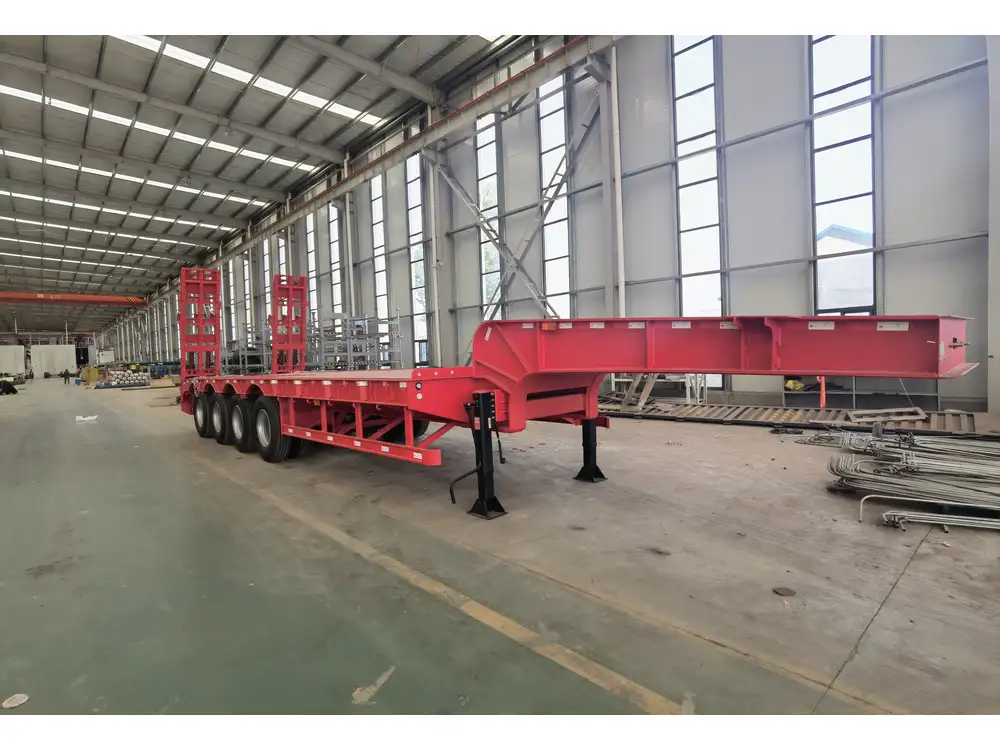
2. Key Components of a Dump Trailer
To effectively operate and dump a trailer, it’s essential to familiarize yourself with its components:
- Trailer Bed: The part that holds materials.
- Axles: Support the trailer; ensure they are rated for the load.
- Hydraulic System: Controls the lifting and tilting of the bed.
- Safety Chains and Hitches: Ensures the trailer remains connected to the towing vehicle.
- Controls: The levers or switches used to activate the hydraulic lift.
Step-by-Step Guide to Dumping a Dump Trailer
1. Preparing for Dumping
Before you begin the dumping process, it’s imperative to prepare properly:
- Check Load Stability: Ensure that the load is evenly distributed and secure to prevent tipping during transport.
- Park on Level Ground: Always choose flat terrain for dumping, which minimizes the risk of rollover.
- Inspect Trailer Mechanics: Check hydraulic fluid levels, making sure that hoses and connections are secure. Look for any signs of wear or damage.

2. Positioning Your Truck and Trailer
- Align Your Vehicle: Make sure your vehicle is appropriately positioned. The towing vehicle should be parked in a way that allows ample space for the trailer to dump its contents.
- Engage the Parking Brake: This stops the vehicle from moving unexpectedly during the dumping process.
3. Setting Up the Dumping Process
- Get Out and Secure the Area: Before dumping, secure the area to ensure no one is standing too close to the trailer.
- Lower the Tailgate: If your trailer has a tailgate that needs to be lowered or removed, do so now to avoid blockage during the dumping process.
4. Operating the Hydraulic System
- Locate the Controls: Identify the dump controls, which are typically located within easy reach of your vehicle’s cab.
- Activate the Dump Mechanism: Depending on your trailer, engaged controls may be hydraulic or electric. Push the button or pull the lever to lift the trailer bed.
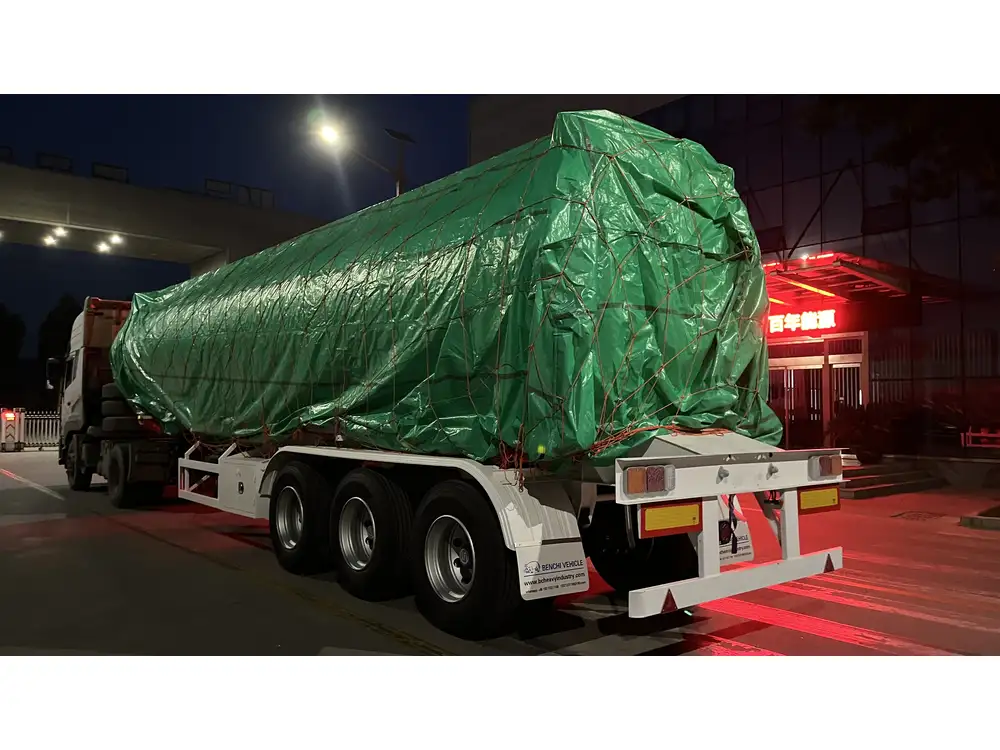
5. Executing the Dump
- Lift the Bed Gradually: Allow the bed to rise slowly. Watch for any shifts in weight that may affect stability.
- Monitor the Load: As the bed rises, maintain focus on the load. It should begin to slide or fall from the trailer, but ensure it doesn’t catch or heap unequally.
- Stop at an Adequate Height: Most loads can be dumped once the trailer reaches about a 45-degree angle but refer to your owner’s manual if uncertain.
6. Finishing the Dump
- Lower the Bed: Once the load is fully expelled, lower the bed gently. Avoid dropping it sharply to prevent stressing the hydraulic system or damaging the trailer.
- Secure the Tailgate: Reattach the tailgate if it was removed or ensure it locks correctly back into place.
- Inspect for Damage: After dumping, do a quick walk-around to check for any damage to the trailer or load that might affect future operations.
Best Practices for Safety and Efficiency

1. Safety Measures
Implementing safety practices is paramount while using dump trailers.
- Stay Clear of the Trailer Bed: When dumping, stand at a safe distance to avoid injury from shifting loads.
- Use Reflective Gear: If working near traffic or in low visibility, wear safety vests.
2. Regular Maintenance Tips
To ensure longevity and reliability:
- Inspect Tires Regularly: Check pressure and tread depth.
- Lubricate Moving Parts: Regular lubrication of hinges and moving parts prolongs the life of the trailer.
- Hydraulic System Checks: Regularly inspect hydraulic lines for leaks or damages and replace fluid as necessary.
3. Understanding Load Capacity
Knowing your dump trailer’s load capacity prevents damage and enhances safety.
- Follow the Manufacturer’s Guidelines: Always refer to the manufacturer’s specifications for load limits.
- Don’t Overload: Adhere to weight limits, as overloading may cause structural damage or instability during transport.
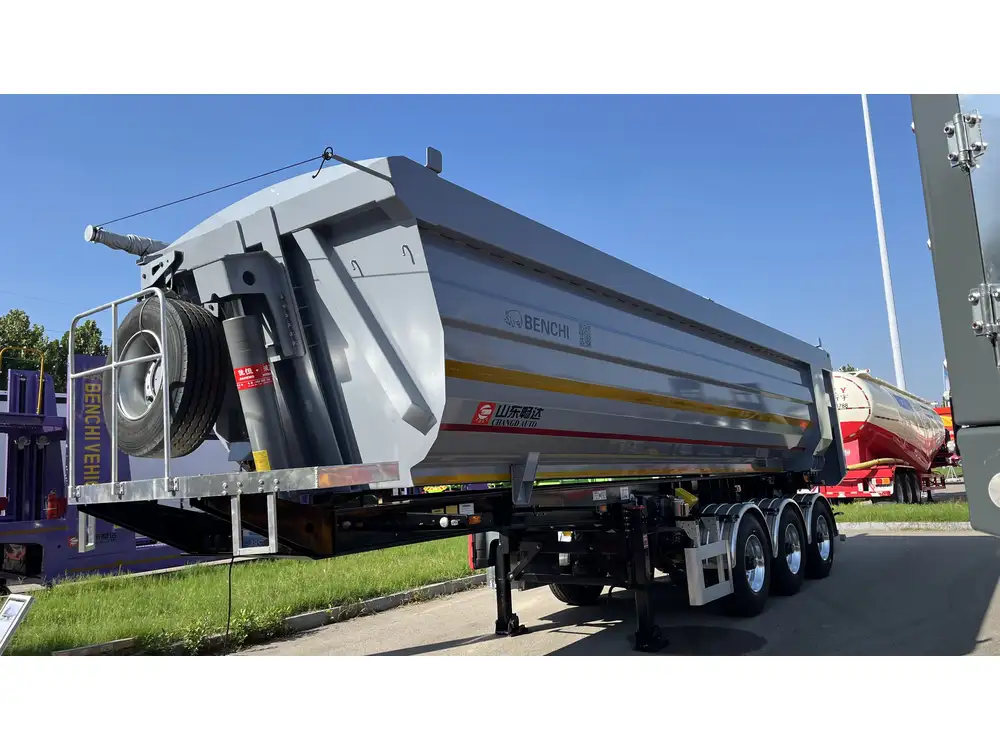
Troubleshooting Common Issues
1. Hydraulic System Malfunctions
Symptoms:
- Bed does not lift or lowers slowly.

Solutions:
- Check hydraulic fluid levels.
- Inspect for leaks in hoses or connections.
- Ensure the battery (if electric) is functioning properly.
2. Uneven Dumping
Symptoms:
- Material dumps unevenly, causing spillage.

Solutions:
- Ensure the trailer is on level ground before dumping.
- Check load distribution before transport. Heavy on one side can lead to uneven dumping.
3. Difficulty in Lowering the Bed
Symptoms:
- The bed does not lower properly after dumping.

Solutions:
- Inspect hydraulic controls for functionality.
- Check for blockages or obstructions in the hydraulic system.
Advantages of Using a Dump Trailer
1. Flexibility in Transporting Materials
Dump trailers are designed for various materials, from dirt and gravel to waste management. This flexibility makes them ideal for contractors looking to undertake different types of transport without purchasing additional equipment.
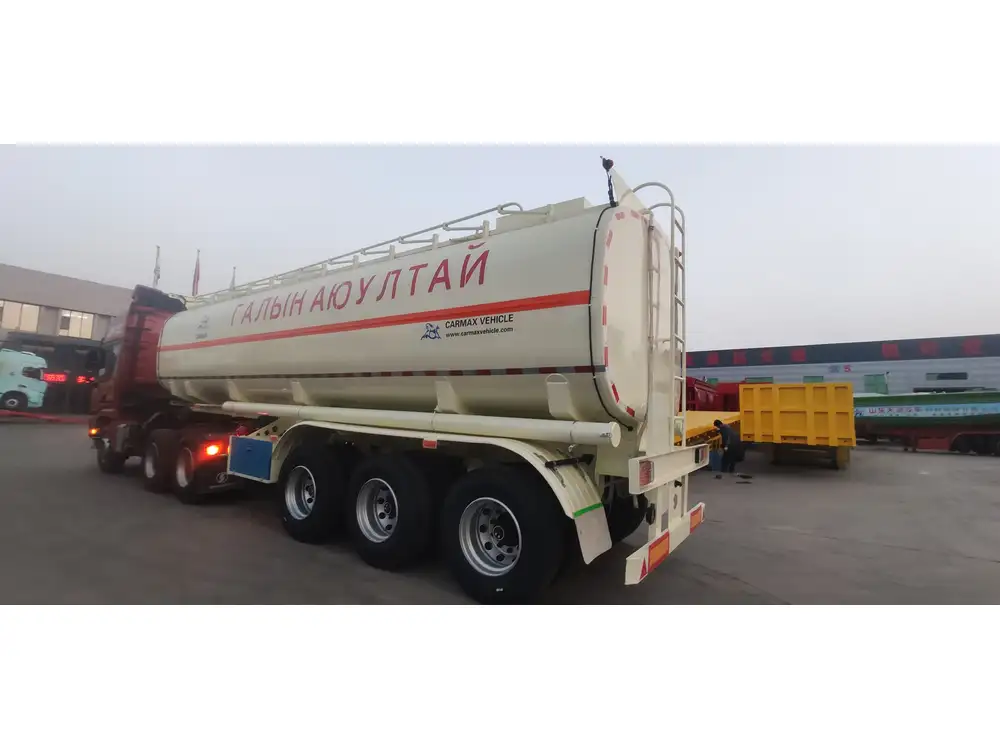
2. Efficiency in Dumping
Traditional methods of unloading large amounts of materials can be time-consuming. Dump trailers allow for quick unloading, saving time and labor.
3. Enhanced Safety Features
Modern dump trailers come with safety mechanisms such as hydraulic brakes, which minimize risks during transport. Always ensure that safety features are in working order before operation.
Conclusion
Efficiently dumping a dump trailer entails understanding its components, adhering to safety protocols, and being aware of your surroundings. This guide serves as a comprehensive resource to help you navigate the dumping process effectively, ensuring you can maximize the utility of your dump trailer while minimizing risk. As a manufacturer of semi-trailers, we’re dedicated to providing you with the tools and knowledge necessary for safe and efficient trailer operations. With routine checks and clear operational protocols, you can ensure a seamless handling experience with your dump trailer for many years to come.
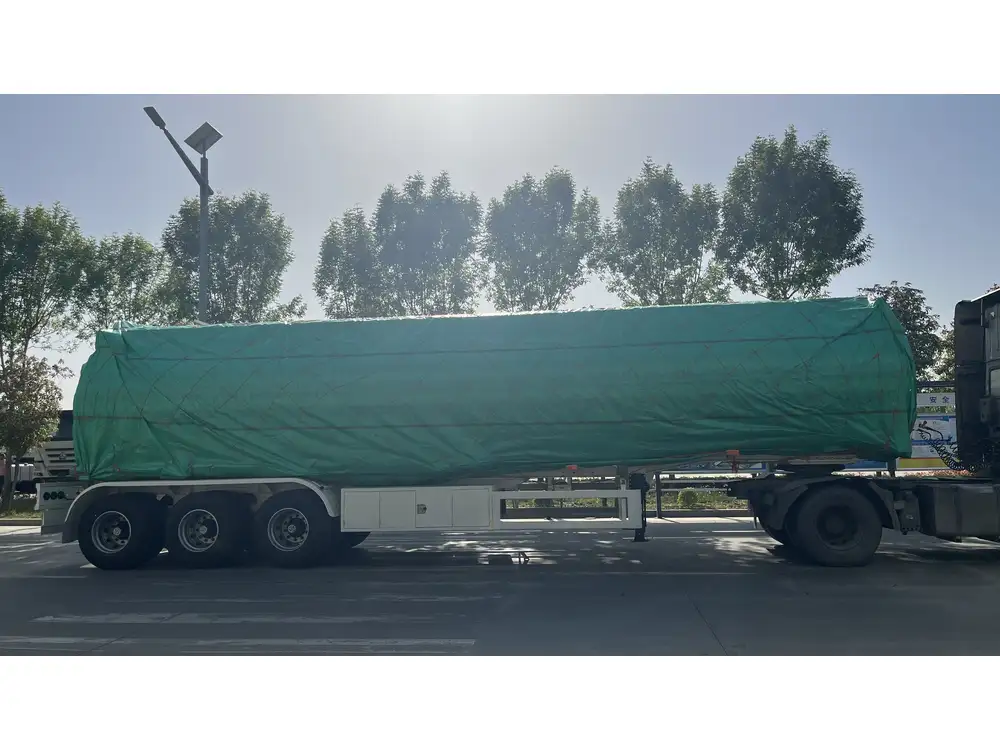
Additional Resources
For more detailed information on dump trailers, including maintenance tips and model comparisons, please consult the additional resources linked below:
By following the insights provided in this guide, we trust that you will operate your dump trailer with confidence and efficiency. Whether you’re a contractor or a DIY enthusiast, mastering the art of dumping will undoubtedly bring you closer to becoming an expert in handling your trailer needs.



